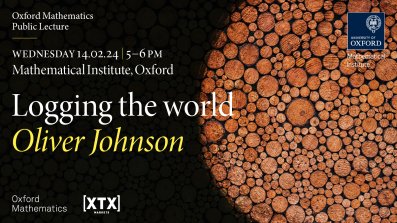18:00
Frontiers in Quantitative Finance: Statistical Predictions of Trading Strategies in Electronic Markets
Abstract
We build statistical models to describe how market participants choose the direction, price, and volume of orders. Our dataset, which spans sixteen weeks for four shares traded in Euronext Amsterdam, contains all messages sent to the exchange and includes algorithm identification and member identification. We obtain reliable out-of-sample predictions and report the top features that predict direction, price, and volume of orders sent to the exchange. The coefficients from the fitted models are used to cluster trading behaviour and we find that algorithms registered as Liquidity Providers exhibit the widest range of trading behaviour among dealing capacities. In particular, for the most liquid share in our study, we identify three types of behaviour that we call (i) directional trading, (ii) opportunistic trading, and (iii) market making, and we find that around one third of Liquidity Providers behave as market markers.
This is based on work with Álvaro Cartea, Saad Labyad, Leandro Sánchez-Betancourt and Leon van Veldhuijzen. View the working paper here.
Attendance is free of charge but requires prior online registration. To register please click here.


 The conference
The conference 